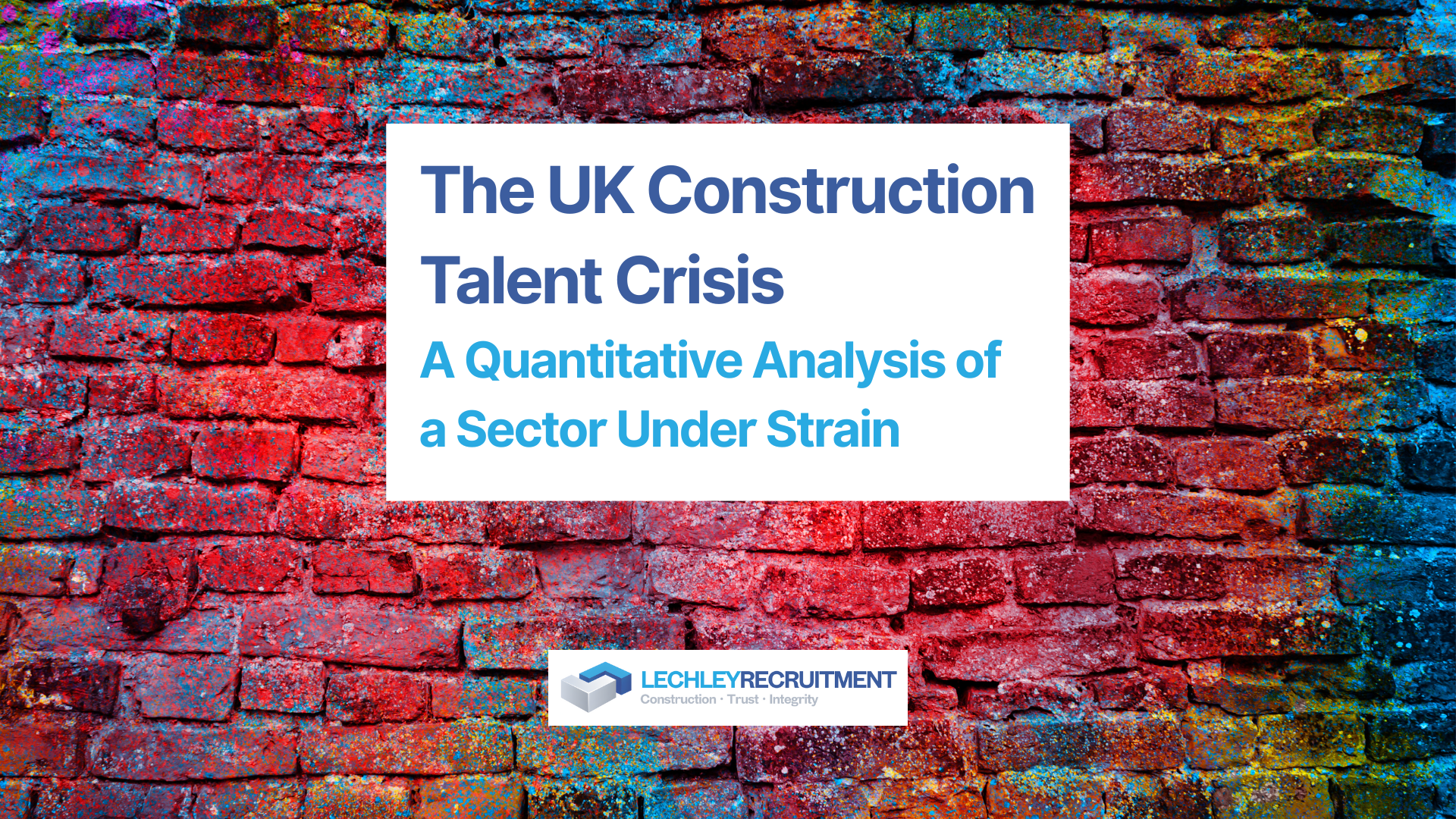Zero to Hero: Transforming Construction Wastelands into Profit-Generating Landmarks in the UK's Major Cities
Introduction
In an era where every square metre of urban space is precious, construction wastelands—derelict or underused sites—represent untapped reservoirs of social and economic potential. As leaders in the construction industry, the onus is upon us to transform these wastelands into landmarks that not only generate profits but also make a lasting social impact. This report focuses on key cities within the United Kingdom: London, Manchester, Birmingham, and Glasgow, shedding light on disruptive ideas, offering key insights, and proposing actionable steps for this transformation.
Disruptive Ideas About How Things Are Changing
The Decline of Traditional Construction Models
The old paradigm of property development for pure profit is no longer viable. Today's society demands more—a blend of financial viability with social and environmental responsibility.
Sustainable Developments
The construction sector is seeing a shift towards eco-friendly practices. Not only do sustainable buildings attract more investment, but they also resonate well with a public increasingly concerned about climate change.
Socially Responsible Building
Modern projects are expected to uplift communities, provide public spaces, and contribute to local economies. They're not just buildings; they're ecosystems.
Case Studies: Transformative Projects
King's Cross Development, London
Project Details:
Once a post-industrial wasteland, the King's Cross area has been transformed into a thriving part of the city featuring 50 new buildings, 2,000 new homes, 20 new streets, and 10 new public squares.
Importance:
King's Cross serves as a multi-purpose hub that caters to diverse community needs. The development has stimulated economic growth, created thousands of jobs, and incorporated sustainability features like rainwater harvesting and green roofs. This has not only uplifted the local area but has also set an example for sustainable urban planning for the entire country.
NOMA, Manchester
Project Details:
NOMA is an £800 million, 20-acre mixed-use redevelopment project located near Manchester city centre. It aims to create a digital hub for businesses, retail spaces, and residential buildings.
Importance:
The project has given a much-needed impetus to the economic growth of Manchester. It's fostering an environment for tech start-ups and established enterprises alike, thereby creating a wealth of job opportunities. Moreover, by incorporating public squares and social spaces, it is enhancing community well-being, setting the template for future city-centre developments in other major cities.
Eastside City Park, Birmingham
Project Details:
The Eastside City Park is Birmingham's first new park in over 130 years, offering 14 acres of landscaped green space, hundreds of trees, a large canal water feature, and a public square.
Importance:
Beyond being a recreational space, the park serves an ecological purpose by aiding in local rainwater management and providing a green lung to the city. Economically, the park has increased the value of surrounding properties and attracted new businesses to the area. On a broader scale, it signifies the importance of integrating green spaces into urban planning strategies, creating a balance between urbanisation and environmental conservation.
Glasgow Harbour Redevelopment
Project Details:
A £1.2 billion development on the River Clyde, Glasgow Harbour is a large-scale, mixed-use development consisting of
retail spaces, leisure facilities, and a range of homes, from affordable housing to luxury apartments.
Importance:
This project has revitalised a once-declining area of the city into a flourishing neighbourhood. It has significantly boosted local commerce and created a plethora of job opportunities. The inclusion of affordable housing addresses social inclusion, making it a well-rounded development that caters to diverse community needs. Regionally, it showcases the economic and social potential that derelict waterfronts hold for urban revival.
Key Insights to Be Aware Of
Market Trends
With urban populations rising, there is a surge in demand for multi-use spaces that combine residential, commercial, and recreational uses.
Legislation
Be aware of evolving regulations around land use and sustainability. Recent laws encourage or even mandate social responsibility in new developments.
Public Sentiment
A project’s social reception is crucial. In the era of social media, public opinion can significantly impact a project's success.
Economic Factors
Balancing costs with societal benefits is challenging but not impossible. The value generated from socially impactful projects often outweighs initial investment costs.
A Method for Change
Site Identification
Choose locations with existing infrastructure and assess their potential for social impact and ROI.
Stakeholder Engagement
Engage early with local authorities, community groups, and potential investors to align interests and objectives.
Financial Modelling
Use a sustainable financial model that incorporates long-term maintenance costs and social impact metrics.
Technology Utilisation
AI and Big Data can provide insights into efficient land use, whereas VR can help visualise the final product well before construction begins.
Action Steps
Preliminary Assessment
Conduct a feasibility study to evaluate project viability from financial, social, and regulatory perspectives.
Team Assembly
Gather a multidisciplinary team of planners, engineers, architects, and community liaisons.
Project Planning
Develop a detailed project plan outlining timelines, costs, and key milestones.
Implementation
Once planning is complete, move on to procurement, construction, and finally, to monitoring and adjustments.
Handling Setbacks
Risk Management
Predict potential challenges such as environmental issues, funding gaps, or public backlash and prepare solutions in advance.
Mitigation Strategies
If setbacks do occur, a well-prepared team can implement mitigation strategies quickly to keep the project on track.
Conclusion
Wastelands present not just challenges, but opportunities—avenues for driving social change, stimulating economic growth, and carving out a new identity for modern urban landscapes. As industry leaders, we have both the responsibility and the capability to lead this change. It's time to turn these untapped lands into landmarks of prosperity and community well-being.





